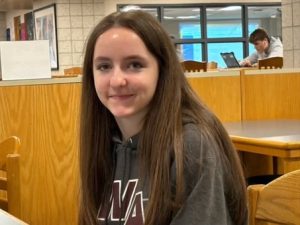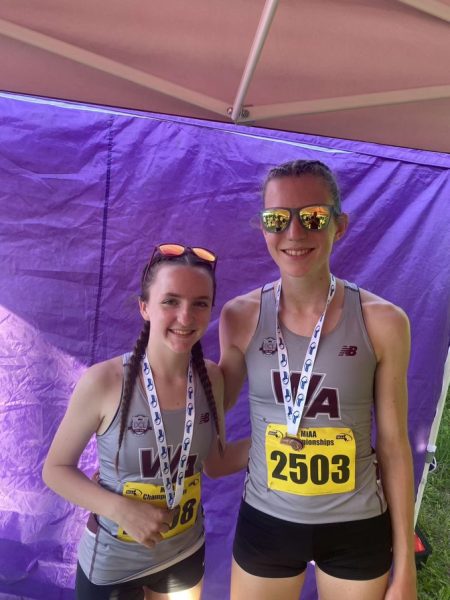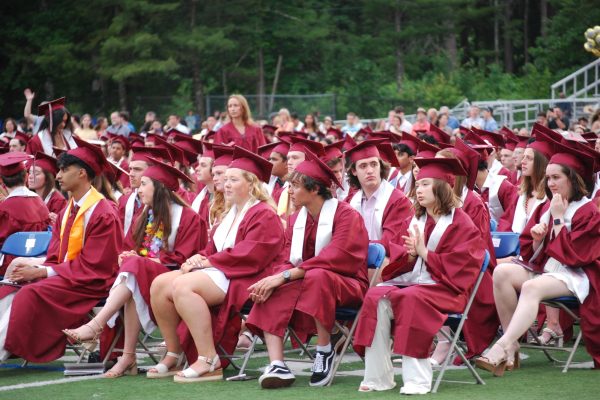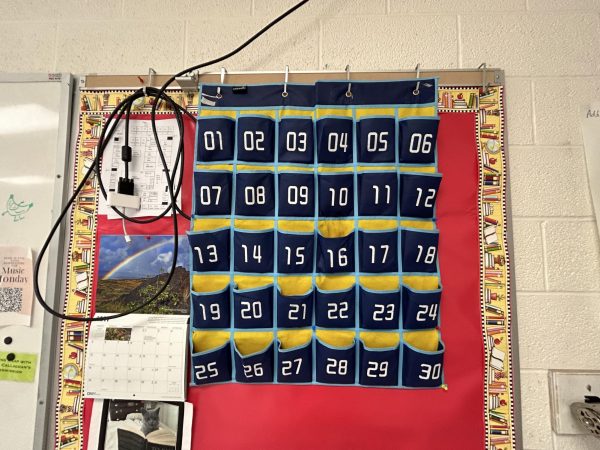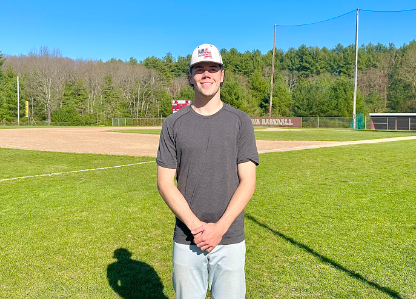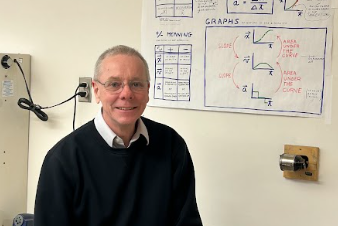P.E. department revamps class structure
September 11, 2019
Every student that passes through the doors of Westford Academy is required to take a total of four semesters of Physical Education classes. However, in the 2019-20 school year, returning students will take P.E. with a completely revamped class structure.
“We decided we needed to get a better system than we had in years past,” said Meredith Kehaias, one of WA’s long-time P.E. teachers.
This year, the WA Physical Education department is prototyping a brand-new class structure in which students select only one teacher at the start of the semester and stick with him or her for the remainder of the class.
The new system is a stark contrast from previous years. P.E. classes, historically, have had each student participate in six activities over the course of a semester with a variety of teachers, choosing new activities on designated “Switch Days.” Though the new system still allows students to engage in six activities, they have only one teacher throughout, and are grouped with the same students.
“We said, ‘Look at the sets of activities and pick based on what you like to do,’” Kehaias said.
This arrangement allows teachers to teach their strong suits, and it grants them more flexibility with their classes. When picking their teacher for the semester, students take the type of activities the teacher instructs into account. For example, Kehaias conducts mostly non-competitive activities, such as yoga and fitness while P.E. teacher Scott Brown’s classes include golf and floor hockey, for students who may be more interested in competition.
“You’re not getting different instruction from different teachers; teachers teach differently,” Kehaias said, emphasizing the new, more streamlined process.
WA administration had discussed the restructuring concept before, especially because it simplified the process of locating students. For example, last year, if the administration needed to call down a student, they would radio a teacher, who would then have to figure out which activity the student was in at the time, and then reach out to contact him or her. Now, the student will have a teacher assigned for the semester, so that teacher can be reached directly, through iPass.
The classic P.E. portfolio system, by which students are graded, is mostly unchanged, but rather adapted to fit the modern class. Each student’s activity teacher will be the one grading their portfolio, which evenly distributes the workload among teachers and ensures that the teacher teaching the activity is the one grading it.
“Your Spanish teacher wouldn’t grade you for english, right?” Kehaias metaphorized.
Kehaias believes the one-teacher system will benefit Parents’ Night in October as well, so that parents will be able to meet the teacher they know their student is learning from, rather than meeting all four, some of which their child may never have.
In addition, Kehaias articulates that a main benefit of the new program is that small, standard class size of about thirty students. She believes that a key element to success as a teacher is connecting with students and getting to know them, just as a teacher would in a core class.
“I feel like you can teach better to kids having built that relationship,” Kehaias said.
The smaller classes also expedite daily processes such as attendance and taking out equipment, since less is needed, allowing class time to be used more efficiently. Kehaias believes students that struggle with depression, anxiety, or other learning hurdles will benefit from the reorganization.
“We get to know what exactly they need, what works for them, and they also get to know us better too,” Kehaias said.
The department anticipates that the program will enhance the freshman P.E. experience, and those who may have been overwhelmed by the routine changes in the old rotation of new classmates and teachers. Kehaias was initially concerned that classes would be divided into grades, but it turned out not to be the case. Therefore, it also encourages interactions among under and upper classmen.
“A lot of my upperclassmen take the freshmen under their wing and show them the ropes and that’s great, I think, to have that inter-grade relationships,” Kehaias said.
Though the process has run relatively smoothly so far, there are disadvantages, in that students are no longer exposed to a wide variety of students as they had been in the past. On the flip side, they can make deeper connections with the peers they do interact with.
Senior Arjun Shah, who is in his final year of P.E., find some flaws with the new system, having compared it to his underclassman years.
“I think [the new system] is worse because you don’t get to choose specific activities you like, but a slight advantage is that it keeps things consistent if you have the same teacher,” said Shah.
Despite the few cons, the department is optimistic about the latest program, and is periodically making adjustments and improvements through monthly department meetings assessing the implementations.
“We’re trying it out, we’re willing to try new things…” Kehaias said. “Everyone in the department is willing to make changes for the positive, which i think is a great thing.”





